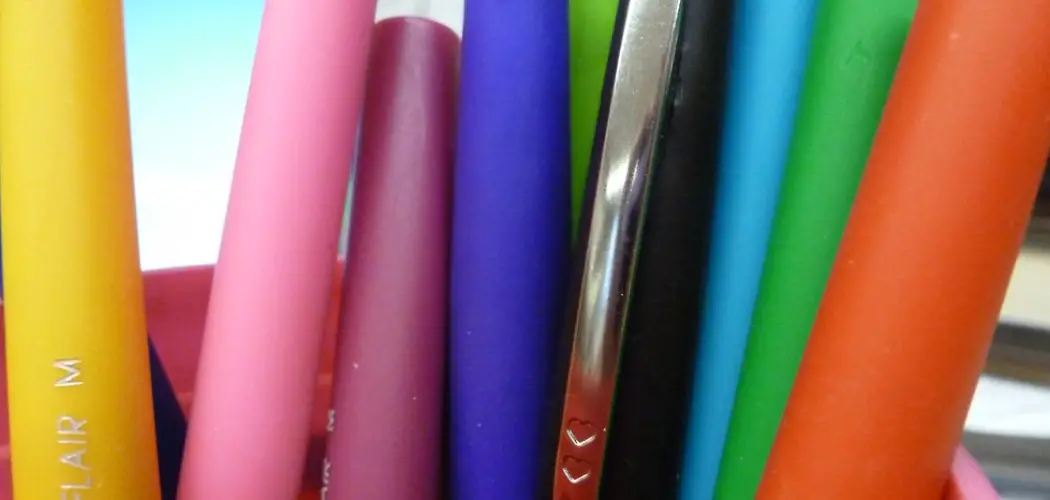Are you looking for a creative way to showcase your favorite vintage albums on your walls? If so, then vinyl transfer projects are the perfect form of self-expression. Not only do they allow you to get creative and add a unique element to any room in your home, but they also allow you to talk about important topics through artwork.
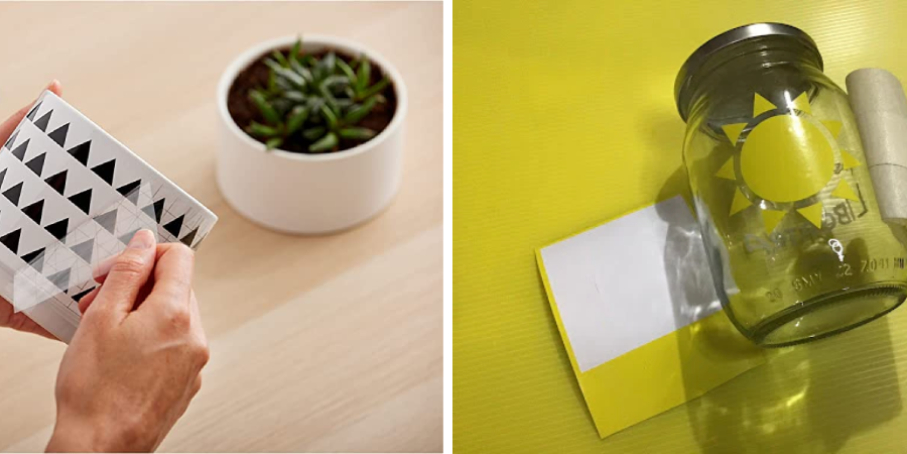
If you’re a fan of vinyl records, then chances are that you’ve encountered the problem of wanting to digitize them. Don’t worry – it may be more work than simply putting on some transfer paper and jumping right in, but transferring your vinyl to digital files can still be done with careful planning and patience.
In this blog post, we’ll discuss the steps required how to transfer vinyl without transfer paper. So if you’re ready to learn more about DIY vinyl transfers, read on!
What Will You Need?
To successfully transfer vinyl without using transfer paper, you will need the following materials:
- A vinyl record that you want to digitize. This can be an old album or a new single – it’s up to you!
- A computer with editing software installed, such as Photoshop or Illustrator.
- A transfer tape, such as Scotch brand.
- A vinyl cutter, such as the Silhouette Cameo or Cricut.
- An image that you want to digitize from your vinyl record. This doesn’t have to be anything too complex – just a simple design is fine.
Once you have gathered all of these materials, you can transfer your vinyl record to digital files.
10 Easy Steps on How to Transfer Vinyl Without Transfer Paper
Step 1: Prep Your Vinyl Record
Before you can start digitizing your vinyl record, you will need to clean and prep the surface. Start by using a microfiber cloth or gentle glass cleaner to give the vinyl a good wipe-down. This will remove any dust and debris that may have accumulated over time.
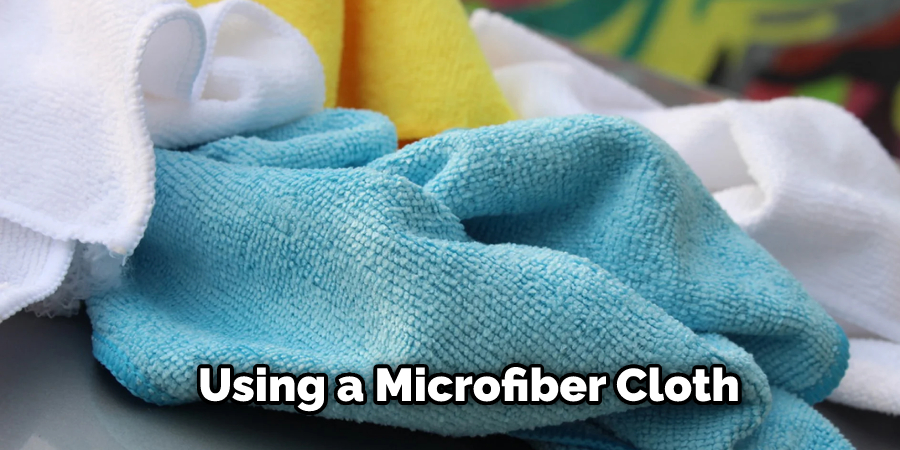
Step 2: Scan the Vinyl Record
Next, you’ll need to scan your vinyl record to understand how the artwork will transfer onto a digital file. If you don’t own a scanner, you can use your camera or even your smartphone to capture an image. Ensure that you capture both the front and back sides of the vinyl record.
Step 3: Import Your Image into Editing Software
Once you have scanned or captured an image of your vinyl record, open it up on your computer using editing software such as Photoshop or Illustrator. You may need to adjust the contrast and brightness levels before importing the image to look clear and accurate once it is on your computer. Be careful not to crop the image too much, as this can make the digitized version seem blurry and distorted.
Step 4: Prep Your Vinyl Cutter
Before you begin cutting into your vinyl record, ensure that your vinyl cutter is set up and ready to go. This may require some adjustments or calibration depending on the type of machine you’re using, so be sure to follow the instructions that came with your device carefully. Don’t forget to place a sheet of transfer tape beneath your vinyl record as well!
Step 5: Create Your Design
Once your vinyl cutter is set up and calibrated, it’s time to create your design. Start by creating a simple outline of how you want your digitized image to look. It can be as simple or as complex as you like, but remember – more intricate designs will take longer to cut. It will also make it more difficult to remove the transfer tape once you’re done, so keep this in mind as you create your design.
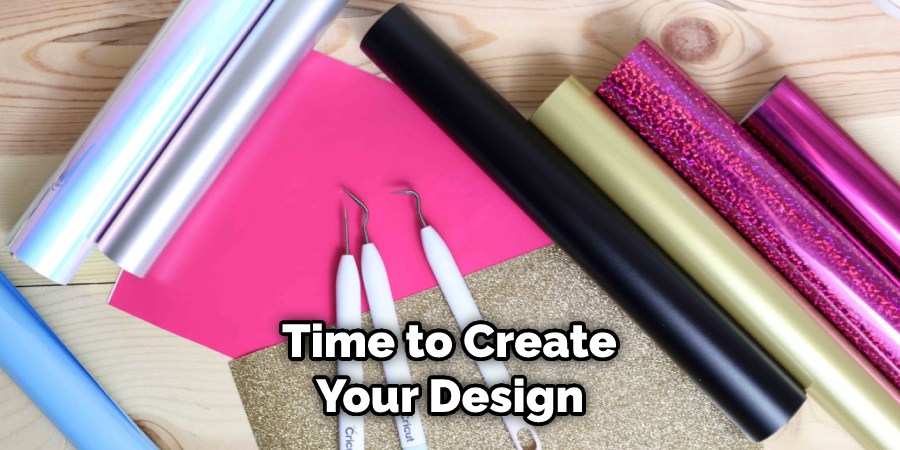
Step 6: Cut Your Vinyl Record
Now that you have created your basic design for how you want your vinyl record artwork to appear digitally, it’s time to start cutting. Place your vinyl record on the transfer tape and then set it up on your vinyl cutter. Carefully press down the “Cut” button and begin cutting out your design.
Step 7: Gather Your Digitized Images
Once you have finished cutting out your artwork, carefully remove the cut pieces from the rest of the vinyl record. You should now have a collection of digitized images that you can use as digital files or share with friends and family! Ensure that you store your digitized images in a safe and secure location so that they remain intact for years to come.
Step 8: Document Your Process
Finally, be sure to document how you transferred vinyl without transfer paper by taking photos or creating a video of the process. This will help you remember how to do it in the future and provide helpful instructions for anyone else who is learning how to digitize analog music. Moreover, if you encounter any problems or challenges while working on your project, documenting how you work through them can be a great way to troubleshoot and develop new ideas for how to do it better next time.
Step 9: Edit and Save Your Files as PNGs or JPGs
Your digitized image is now ready to be edited and saved as your preferred file type. For best results, we recommend saving these images as PNG or JPG files, depending on how you plan to use them. It’s also a good idea to save multiple versions of your digitized images to have backups in case anything goes wrong.
Step 10. Share Your Digitized Images Online
Once your digital files are ready to go, it’s time to share them with the world! You can post your digitized images on social media or upload them to your website or blog. Be sure to let friends and family know how you could transfer vinyl without transfer paper so they can do the same thing too!
By following these steps, you can easily transfer vinyl without transferring paper and create digital files of your favorite songs. Whether you want to use these images for personal enjoyment or share them with others, there are countless ways to enjoy the results of this fun and creative project. So get out your vinyl cutter and start digitizing today!
You Can Check It Out To Wrap a Tumbler With Straw
5 Additional Tips and Tricks

- The first step in transferring vinyl without transfer paper is ensuring that your surface is clean and free of dirt or dust.
- Before applying the vinyl, ensure the transfer tape is in good condition. If there are any wrinkles, sticky patches, or other signs of wear and tear, it’s better to start with a new piece of transfer tape instead.
- To apply the vinyl without transfer paper, place the adhesive side down on your desired surface and use an application tool to smooth it evenly across the entire design.
- Next, slowly peel back one edge of the transfer tape to expose the adhesive underneath and hold it firmly against the surface for several seconds so that it adheres.
- Finally, slowly peel off the transfer tape to reveal your beautiful vinyl design! Alternatively, you can use a heat gun or hair dryer to help the adhesive stick better and prevent any lifting or curling of the vinyl.
With these tips and tricks in mind, you can easily transfer vinyl without using special tools or paper. Just remember to be patient and take your time with each step; you’ll be amazed by how easy it is to create custom decals and designs at home.
You Can Check It Out To Crochet With Two Strands of Yarn
5 Things You Should Avoid
1. Relying on Transfer Paper: While transfer paper can be helpful in transferring vinyl designs to your surface, it is not always necessary. If you are careful and patient when applying your vinyl, you should be able to achieve crisp and clean results without the aid of transfer paper.
2. Using Too Much Pressure: Applying too much pressure when transferring your vinyl design can cause it to wrinkle or tear, resulting in an unprofessional-looking finish that can ruin the look of your project. To avoid this issue, use gentle but deliberate strokes when applying your vinyl, and press firmly enough to ensure a good bond but not so forcefully that you risk damaging your design.
3. Not Cleaning Off Excess Adhesive: Vinyl comes with sticky backing on both sides, and you will need to remove the top layer of backing before adhering your design to your surface. Make sure that you carefully peel away this bottom layer of adhesive and then clean it off completely before applying your vinyl, as any excess residue can cause the transfer to be uneven or messy.
4. Failing to Smooth Out Air Bubbles: When applying vinyl, it’s important to ensure that there are no air bubbles trapped underneath the design. Air bubbles can cause wrinkles in the finished product, which can seriously impact how professional your project looks overall.
5. Not Allowing Enough Time for the Adhesive to Set: Vinyl adheres best when it has plenty of time to set before you begin using or touching your surface. To ensure that your transfer stays securely in place and doesn’t accidentally peel away from your project, allow at least 24 hours for the adhesive to bond properly before trying to handle or move your finished piece.
With these tips, you can successfully transfer your vinyl designs without needing specialized tools or materials like transfer paper!
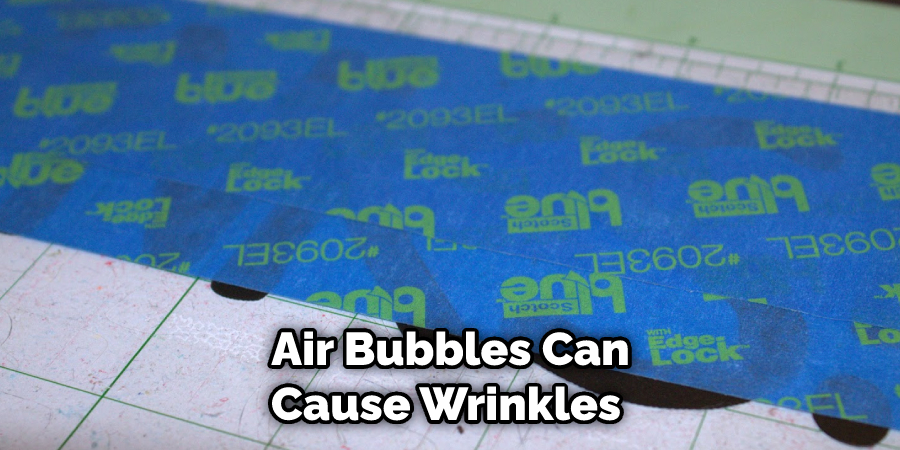
Conclusion
If you follow these steps, you can successfully transfer your vinyl design without any bubbles or wrinkles. If your design is not sticking to the t-shirt, try putting the whole thing in the freezer for a few minutes before peeling off the backing paper. Otherwise, happy crafting!
Now that you know how to transfer vinyl without transfer paper put your newfound skills to the test! Find some fun vinyl to personalize a few things around your house. If you’re looking for more creative ideas, check out our blog for inspiration. With a little bit of time and effort, you can easily add a personal touch to any project.
You Can Check It Out to Make Paper Fireflies

